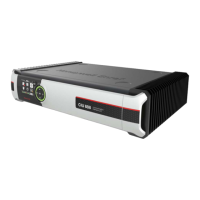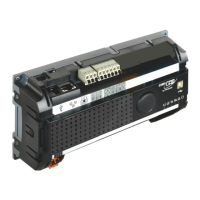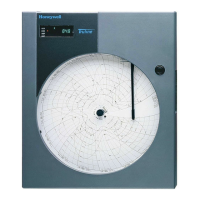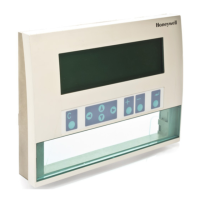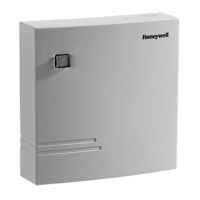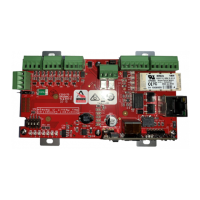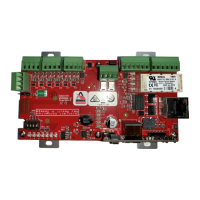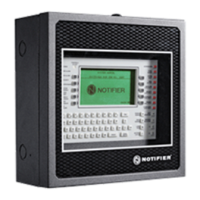perating and Installation
GSM is an abbreviation for
obile communications. This commun
standard is widely used throughout Europe, Africa, Asia and parts of North and South America.
Messages are digitized into packets and sent in brief bursts during allocated time slots using a
variation of TDMA (Time Division Multiple Access) techni
ques. Up to 8 cellular phones can thus
share the same frequency band, which in turn permits the system to support more users with
existing equipment. Efficient utilization of spectrum is an important consideration for service
providers since there is only
a limited bandwidth space that has been allocated to cellular phone
Most GSM systems throughout the world operate on either the 900 MHz or 1800 MHz
communications bands. In North America most GSM systems operate on the 850 and 1900
GSM Packet (Internet) Service
Some GSM service providers may not offer all forms of data transfer. General packet radio
service (GPRS) may have to be added to a standard voice plan, or may be a stand
GPRS packages are generally priced
by the number of bytes to be transferred rather than by
the minute. Typically the smallest available package will be 1 megabyte (1 Mb) per month.
The amount of data that the
will produce depends upon what sort of data is requested
ount of information exchanged on each call may range from several hundred
bytes to 10’s of thousands of bytes. It may be necessary to test the system for several months
and then adjust the cellular account for the best cost based on your needs.
to connect to the Internet, the cellular service provider has its own computer equipment
called a “gateway” server, aptly named, as it is their gateway to the Internet. The server will
have an “APN” (access point name), usually in the form of a domain na
“internetaccess.providername.com” or something as simply as “proxy”. Contact your service
provider for this information. This APN will be needed when configuring the
Service providers may have several different gateways to choose from, d
type of service required. “Web phones” (cellular phones that support Internet access) are
generally assigned to a gateway that only connects to WAP services (wireless application
requires full Internet access because
the data collection software could be
running on any server located anywhere in the world.
Full access gateways are usually
assigned to customers who will be connecting a cellular modem to a personal computer.
Another parameter that will be needed is th
e packet service connection command. In most
cases the command will be
but you may want to check with your service provider.
A cellular account must be activated with a cellular service provider prior to placing a
provider may ask the device type, which must be specified as the “
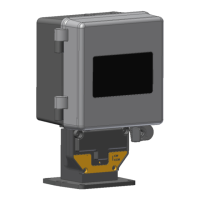
